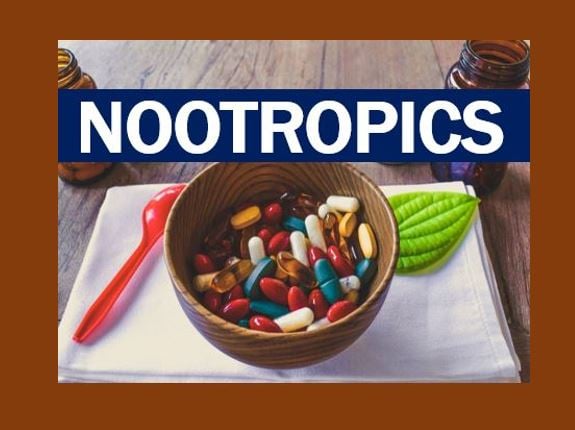


We appreciated products with complete disclosure of ingredients, including their sources and concentrations, empowering consumers to make educated decisions. We assessed the credibility and trustworthiness of the brands through customer reviews, expert endorsements, and company history. FDA-approved ingredients were given priority. We corroborated the safety of individual ingredients, taking into account potential side effects, interactions and compliance with regulatory guidelines. We evaluated the ideal dosages and ingredient ratios of each nootropic, ensuring they conform to research-based recommendations for maximum benefit. We consulted peer-reviewed research and meta-analyses to confirm the effectiveness of the essential ingredients in promoting studying efficiency. We carefully inspected each formula, emphasizing proven, natural, and high-quality ingredients that boost cognitive function during study sessions. We evaluated clinical trials and user experiences to measure enhancements in focus, learning capabilities, and information retention, which are critical for effective studying. By examining each of these aspects, we have compiled a reliable and well-rounded list of the top studying nootropics. Among the factors considered were effectiveness, ingredients, brand reputation, transparency, production quality, user feedback, price, and value. We employed a comprehensive review process to identify the best nootropics for studying. How We Picked the Top Nootropics for Studying You can choose to follow an l-theanine dose after your desired caffeine type intake. The alert-but-calming inducing L-theanine and energized-but-jittery enhancers of caffeine combination result in increased concentration without the strains. The complementary addition of caffeine and l-theanine fills in the gaps of both nootropics. Effects of caffeine include increased attention and decreased accuracy. You may choose to opt for tea, as it has higher caffeine levels than coffee. Students often resort to isolated doses of L-theanine to maximize its efficiency.Ĭaffeine is another psychoactive amino acid that is in green tea. Just as steroids are considered unacceptable in sporting competitions, stimulant use among students, especially in standardized test settings, is widely deplored, though it is impossible to know just how advantageous stimulants are in study prep or test-taking.However, given the variations of L-theanine concentrations in leaves, drinking green tea is not an efficient method to consume this nootropic.

The use of stimulants is often questioned for ethical as well as medical reasons. Psychological side effects can include hallucinations and addiction. Physical side effects include elevated heart-rate and risk of stroke and insomnia. There are many risks associated with stimulant use, especially if the drug is used off-label and without medical consultation and supervision. Indeed, only 4 percent of respondents acquired the smart drug via a medical prescription. Countries with high rates of ADHD diagnosis, such as the US, Australia, and Canada, have correspondingly high rates of off-label or non-prescription use of these stimulants. Among this group, 22 percent had used amphetamines such as Ritalin. The United States leads the developed world in the use of stimulants: in 2017, 30 percent of Americans surveyed stated that they had used a drug for cognitive enhancement at least once in the preceding twelve months. While studies demonstrate benefits in each of the three categories, prescription drugs consistently outperform natural alternatives in improving executive function. Natural compounds such as caffeine, herbal ginseng, and the amino acid creatine constitute the third type of nootropic these are over-the-counter and as such are among the most popular agents of neuroenhancement.Racetams are known to boost memory in people with brain injuries or age-related cognitive decline, but have no demonstrable effect on healthy individuals. These include Noopept (not currently available in the US) and racetams such as piracetam. Synthetic compounds that act on the neurotransmitters glutamate and acetylcholine are the second broad category of nootropics.Stimulant drugs such as Ritalin and Adderall, as well as the non-stimulant Modafinil are the most effective class of nootropics.These drugs boost awareness in all populations, although the effects differ in those with ADHD, for whom they are commonly prescribed.There are three broad categories of nootropics:


 0 kommentar(er)
0 kommentar(er)
